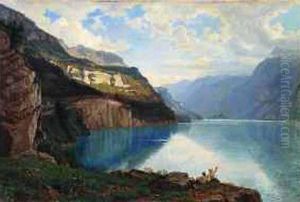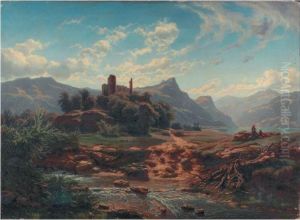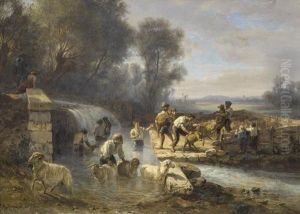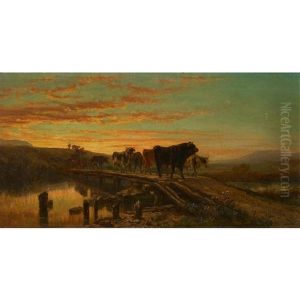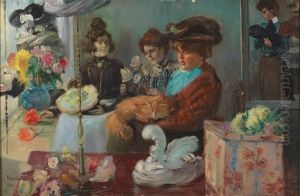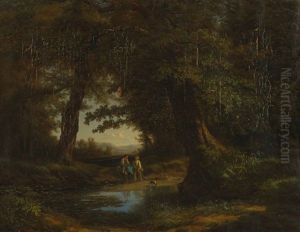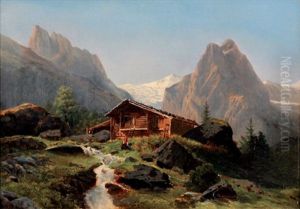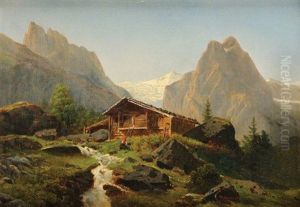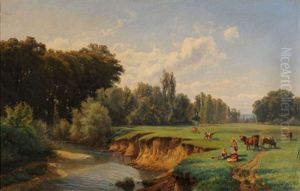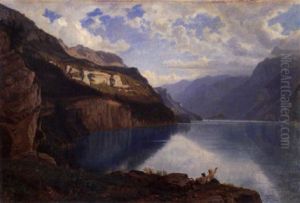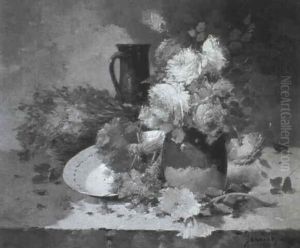Pierre Alexandre Jeanniot Paintings
Pierre Alexandre Jeanniot, born in 1826 in Geneva, Switzerland, was a distinguished French painter and watercolorist known for his detailed and vibrant works depicting military life, genre scenes, and landscapes. Although Jeanniot is not as widely recognized as some of his contemporaries, his contributions to 19th-century French art, particularly in the realm of watercolor and illustration, have garnered him a respected place in art history.
Jeanniot's early life was marked by a deep interest in the arts, encouraged by his family's appreciation for creativity and culture. He pursued his passion for painting with great dedication, studying at the École des Beaux-Arts in Paris. His academic training provided him with a solid foundation in the techniques and traditions of French art, which he would later build upon in his unique style. Jeanniot's work often displayed a keen observation of social and military life, reflecting the turbulent era in which he lived, including the Franco-Prussian War and the Paris Commune.
Throughout his career, Jeanniot participated in numerous exhibitions, gaining recognition and accolades for his work. His paintings and watercolors are characterized by their meticulous detail, vibrant color palette, and dynamic compositions. Jeanniot had a particular talent for capturing the nuances of light and shadow, which brought his scenes to life with a remarkable sense of realism and immediacy.
In addition to his paintings, Jeanniot also made significant contributions to the world of illustration. He illustrated several books, bringing literary works to life with his intricate drawings and watercolors. His illustrations often featured the same keen observation and detailed realism found in his paintings, making them highly valued by collectors and enthusiasts of French illustration.
Jeanniot's legacy is preserved in various collections and museums, where his work continues to be appreciated by art lovers and scholars. Despite the challenges of his era and the changing tastes in art, Jeanniot's dedication to his craft and his unique perspective on the world around him have ensured his place in the annals of French art history. He died in 1892, leaving behind a body of work that continues to inspire and captivate audiences with its beauty and historical significance.
